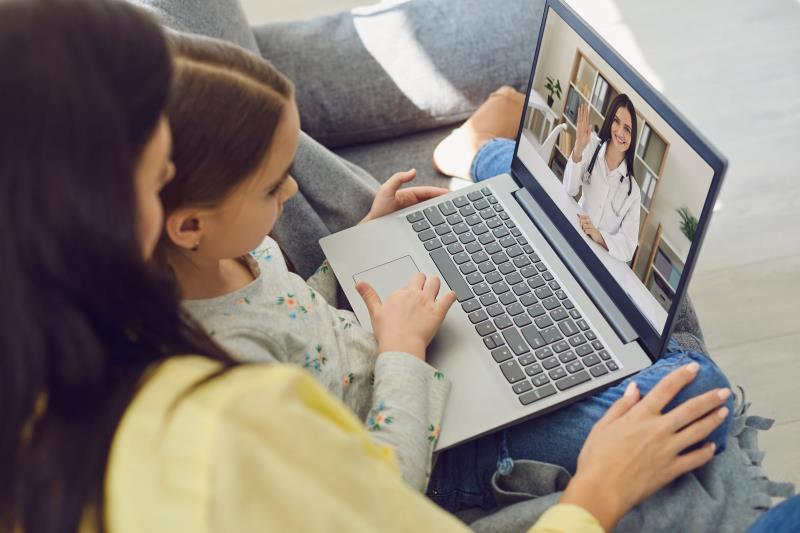
A pharmacist-managed telemedicine during the COVID-19 pandemic has resulted in improvements in appointment adherence in the hospital-based (HB) clinic and increased reimbursement in the physician-based (PB) clinic, reports a study. Healthcare outcomes, however, show no significant change.
In this single-centre, retrospective, quasi-experimental study, the investigators examined the effect of expanding telemedicine services on adult patients with diabetes, hypertension, or hyperlipidaemia. Patients scheduled with a pharmacist at an HB or PB clinic were included.
The difference in the mean no-show rate was the primary outcome, while secondary outcomes included differences in mean change in HbA1c, low-density lipoprotein (LDL), blood pressure, and reimbursement. The investigators measured mean differences between pre- and post-telemedicine groups of each clinic for all outcomes.
In the HB clinic, the mean difference in the no-show rate was ‒12.09 percent (p=0.014), while that in the PB clinic was 2.88 percent (p=0.431).
For the secondary outcomes, the mean difference in the change in HbA1c was 0.00 percent (p=0.992) in the HB clinic compared with 0.01 percent (p=0.945) in the PB clinic. For reimbursements, the mean difference was $1.93 (p=0.647) in the HB clinical versus $20.46 (p<0.0001) in the PB clinic.
“Telemedicine has been essential during the COVID-19 pandemic. In March 2020, pharmacist-led chronic disease state management services at our family care centres and primary care clinics were converted to telemedicine,” the investigators said.